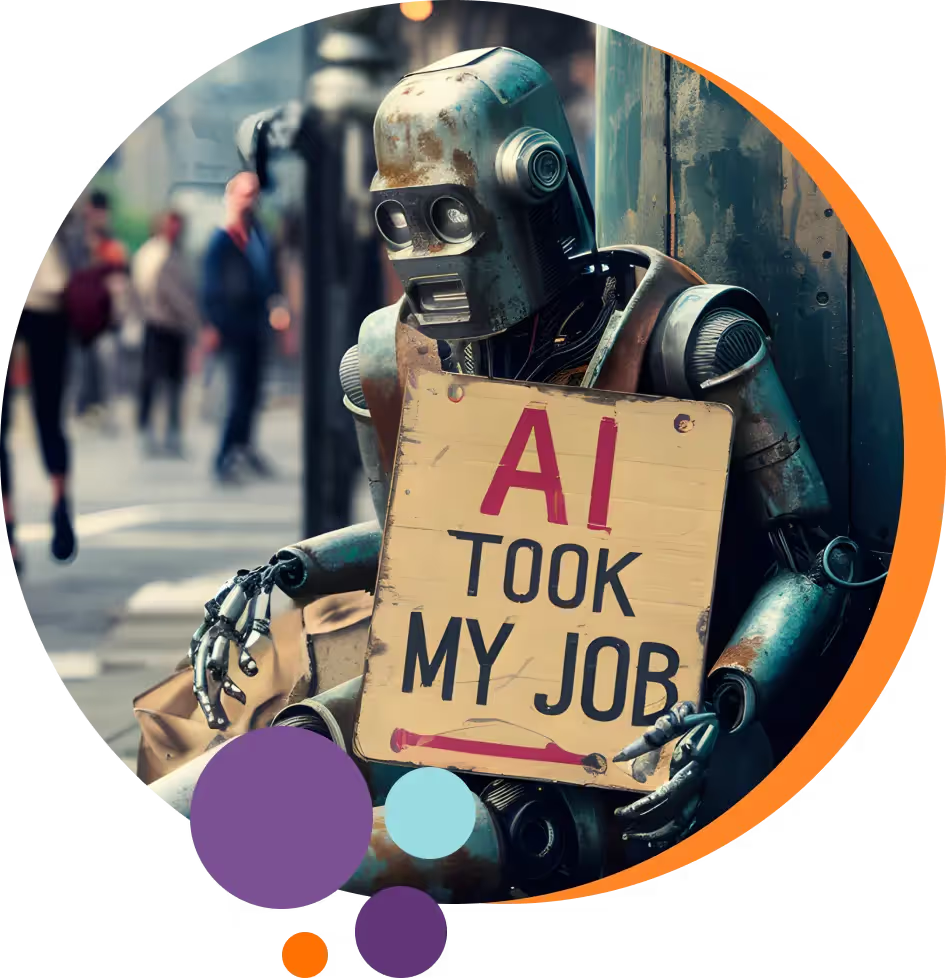Unsettling Stats: Rethinking the College Degree
Understanding the recent research and data about the four-year college degree will help you make an informed decision about your education and career choices.
Here are 8 statistics you need to consider.
1. The Soaring Cost of College
Data from the past 20 years shows that the cost of attending college has risen drastically. Even after adjusting for inflation:
- Tuition and fees at private National Universities have increased about 40%.
- Out-of-state tuition and fees at public National Universities have risen about 38%.
- In-state tuition and fees at public National Universities have grown by about 56%
.webp)
Sallie Mae's ‘How America Pays for College’ study found that 78% of families eliminated a school from consideration based on cost. The highest priorities when choosing a college or university are not the degree itself –– students cited affordability (46%) and the scholarships or aid received (37%) instead.
When you factor in housing, living expenses, textbooks, miscellaneous fees, and other costs, the price tag of a college education can leave graduates and their families burdened with student loan debt for decades.
However, it is important to note that there is a significant difference between in-state and out-of-state tuition as well as public and private university tuition.
2. The Debt-to-Income Squeeze
With college tuition and fees rising, student debt has reached unprecedented levels. As of September 2023, 43 million U.S. borrowers collectively owed more than $1.6 trillion in federal student loans. For perspective, total student loan debt exceeds debt from auto loans and credit cards.
This debt burden has a significant impact on graduates' finances and life choices.
- Average Debt: 20% of borrowers graduate with $10-20,00 in debt and 21% with $20,000 to $40,000. A small portion of borrowers, about 7%, hold an outsize share of the total student debt (38%). However, due to the nature of their degree, borrowers with high student debt can often pay it off more easily due to much higher future incomes.
- Debt Per Borrower: Due to rising college tuition costs, the balance per borrower has risen by 39% from 2008 to 2022, according to U.S. News & World Report.
- Repayment Difficulties: Approximately 6.8 million unique recipients have loans in default as of September 2023.
The consequences of this debt are far-reaching.
With starting salaries in many fields not keeping pace with rising debt, millions of graduates struggle to repay loans. This further impacts their credit scores and life choices such as buying homes, starting families, and saving for retirement.
.webp)
3. The Skills Gap Paradox
The skills gap refers to the disparity between the skills employers need and the skills potential candidates have.
In 2023, Intelligent.com surveyed over a thousand business leaders to learn about their views on recent college graduates (classes 2020 to 2023). 40% of business leaders felt graduates were unprepared for the workforce, with a lack of communication skills being a top reason.
At the same time, employers are increasingly prioritizing skills over degrees, leading to a growing emphasis on skills-based hiring. A TestGorilla report found that 70% of employers agree that skills-based hiring is more effective than resumes.
These statistics highlight a potential disconnect between traditional academic programs and the practical skills employers are seeking.
Why does this skills gap arise?
- Traditional Degrees: These often prioritize theoretical knowledge and completion of a degree as primary indicators of readiness. While this demonstrates a foundational understanding, it might not directly translate to in-demand job skills.
- Employer Needs: Employers are increasingly seeking candidates with both hard skills (technical proficiency specific to the position) and soft skills (communication, teamwork, adaptability, etc.).
- Outdated Curricula: Degree programs, especially in fields like technology, can struggle to keep pace with industry changes. This creates a mismatch between what's taught and what's needed in the job market.
- Narrow Focus: While degrees provide valuable depth in a subject area, they often don’t offer the cross-functional skills (e.g., project management, and data analysis) needed across various roles.
- Lacking Experience: New graduates may find it challenging to apply theoretical concepts effectively without real-world experience. This makes it harder to demonstrate their full value to potential employers.
As a result of this gap, employers have increased their focus on skills-based hiring. A 2023 LinkedIn Economic Graph report found that more than 45% of hirers on LinkedIn explicitly used skills data to fill their roles, up 12% YoY.
Platforms like Unmudl are dedicated to bridging this skills gap by addressing each of the above shortages in the existing educational model.
This trend is likely to continue growing.
.webp)


.webp)


















.webp)


.webp)